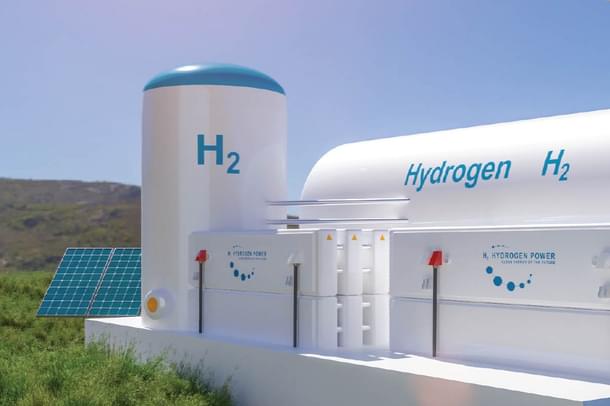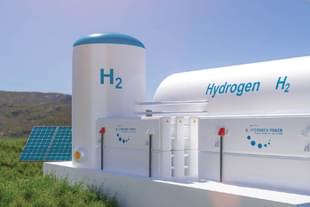Context
NITI Aayog Report Provides Pathway For Acceleration Of Green Hydrogen Economy In India
Nishtha Anushree
Jun 30, 2022, 03:57 PM | Updated Jul 02, 2022, 04:26 PM IST
Save & read from anywhere!
Bookmark stories for easy access on any device or the Swarajya app.


A new report says green hydrogen can substantially spur industrial decarbonisation and economic growth for India in the coming decades and highlights the steps India can take to get there.
The report: Titled 'Harnessing Green Hydrogen: Opportunities for Deep Decarbonisation in India', the NITI Aayog report highlights the role of green hydrogen for India to achieve its net-zero ambitions by 2070.
It underscores that green hydrogen will be crucial to achieving decarbonisation of harder-to-abate sectors such as fertilisers, refining, methanol, maritime shipping, iron and steel, and transport.
It states that with emerging global momentum on hydrogen, India can situate this decarbonisation opportunity both within the context of a low-carbon economy and as an enabler of energy security and economic development for the nation.
It concludes that hydrogen demand in India could grow more than fourfold by 2050, representing almost 10 per cent of global demand.
Green hydrogen is the industry name for the electrolysis of water to produce hydrogen fuel from renewable energy sources such as wind and solar.
This differs from blue hydrogen, which is produced through fossil fuels, where the byproducts are captured and stored, and grey or brown hydrogen wherein byproducts aren’t stored.
Suggested moves: The report laid down several steps to be taken by India in achieving its stated objectives.
Medium-term price targets should be set to guide the industry towards making green hydrogen the most competitive form of hydrogen.
The government can encourage near-term market development by identifying industrial clusters and enacting associated viability gap funding, mandates, and targets.
Opportunities around R&D and manufacturing of components need to be identified and appropriately encouraged with adequate financial mechanisms such as the PLI schemes.
Assistance in creating a globally competitive green hydrogen industry that can lead to exports in green hydrogen and hydrogen-embedded low-carbon products like green ammonia and green steel.
Government policy has been clear in this regard ever since the Prime Minister launched the National Hydrogen Mission on Independence Day 2021.
The mission aims to facilitate the production of five million tonnes of green hydrogen by 2030 and the related development of renewable energy capacity.
Earlier this year, the government notified green hydrogen/green ammonia policy in a bid to meet India’s climate targets and make India a green hydrogen hub.
The policy eases rules relating to the purchase of equipment, use of renewable power, assistance by electricity distribution companies, and faster approval and clearance for projects.
Results starting to materialise: India’s green hydrogen push is attracting billions of dollars of commitment by companies through projects, unleashing a vast appetite for supporting a gas-based economy.
India’s largest commitment to green hydrogen has come from the Adani Group, which has signed up with France’s TotalEnergies to create the world’s largest green hydrogen ecosystem with an investment of $50 billion in green hydrogen.
Larsen & Toubro, ReNew Power, and the country’s top refiner and fuel retailer Indian Oil Corporation have come together to develop the nascent green hydrogen sector in India through a joint venture.
Reliance Industries will invest Rs 75,000 crore in renewable energy businesses, a large part of which will go towards green hydrogen.
Sajjan Jindal-led JSW Group has plans to enter the green energy sector through collaboration with Australia-based Fortescue Future Industries.
In conclusion, going by the active promotion and support of the green hydrogen sector by the Union government and the corresponding response by India Inc, reflected in their investments, the Indian green hydrogen market seems well-placed to embed itself in the global supply chains going forward.
Nishtha Anushree is Senior Sub-editor at Swarajya. She tweets at @nishthaanushree.





